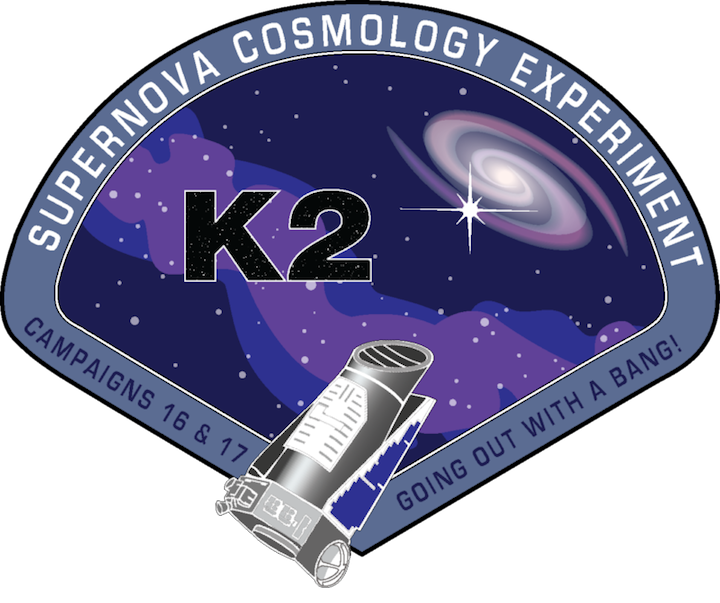3.04.2018

The Kepler planet-hunting telescope was designed to do one thing: gather data from a single portion of the sky often enough to catch rare, brief events. The events it was looking for were slight dips in light that happened as a planet passed in between its host star and Earth. But it captured other transient events as well. Some of these other events were supernovae—the explosion of massive stars—and Kepler captured two just as the explosion burst through their surface.
But at least one of the brief events Kepler observed was so odd it wasn't originally recognized as a supernova. It was only after the observatory's data was released to the entire research community that people started proposing that something so bright was most likely a supernova. Now, researchers are offering an analysis of why this event looked so strange.
With their typical flair for the dramatic, the researchers have termed this event KSN 2015K. As mentioned above, it looked different enough from other supernovae that it wasn't picked up by a standard analysis. In addition, the researchers found that the same event was spotted by a couple of surveys dedicated to identifying supernovae at an early stage. Neither of those surveys identified it, either.
So what was so odd about KSN 2015K? While the object was clearly bright enough to be a supernova, it was on an accelerated schedule, taking only two days to reach peak brightness. It was already fading out after only a week, and it was gone at three weeks. By contrast, another recent supernova was still brightening roughly two weeks after it was first detected. More generally, this new event was about eight times faster than we'd expect from a type Ia supernova. This makes KSN 2015K a "fast evolving luminous transient," or FELT.
We've only started detecting FELTs in recent years as we've automated survey telescopes to repeatedly scan sections of the sky often enough to catch them repeatedly. But Kepler data is exceptional, in that it scanned that section of the sky every half hour, 24 hours a day. This provides a fantastic opportunity to get some idea of what generates a FELT.
The rapid rise and fall, as noted above, already rules out a type Ia supernova. An event called a kilonova, in which a white dwarf collapses into a neutron star, isn't bright enough. Neutron stars with strong magnetic fields, called magnetars, could produce this sort of light, but they'd require an extremely unusual set of circumstances, making them unlikely. The same goes for a black-hole forming supernova; it's possible, but it would require more than 99 percent of the parent star's mass to end up being sucked into the black hole. A gamma ray burst that wasn't pointing at Earth could also do it, but they're rare enough that it's extremely unlikely that one would have occurred within Kepler's field of view.
Another possibility the team included was a very large star. In these cases, some of the explosion's power would diffuse before it reached the surface of the star and became visible. It would also mean that the normal rise and fall of light was further along at the point the explosion breaks out and closer to fading out. This works, but it would require a far bigger star than any we're aware of.
But the idea leads in the direction of the authors' favored explanation: a supernova impostor, followed by an actual supernova. Supernova imposters are massive stellar explosions that eject lots of matter from a star, but don't ultimately destroy it. The most famous of these may be Eta Carinae, which experienced a "great eruption" in the 1800s, which turned it into one of the brightest stars in the sky. In Eta Carinae's case, this created the homunculus nebula, a huge cloud of materials surrounding the binary star system.
If something similar happened at the site of KSN 2015K, it would create an area much larger than a star but still capable of obscuring the supernova for far longer than the surface of the star would. As a result, by the time the explosion broke out of the surface of this material, it would have already aged a bit from its initial explosion. The result would be a supernova that appears to age at an accelerated pace.
While it's a reasonable explanation, we've not observed many supernova impostor events, so it's difficult to judge whether they typically eject enough material to obscure a supernova's breakout. And we don't have good data on enough FELTs to understand whether this explanation could account for all of them. So there's a lot left that we have to work out here. The most critical thing seems to be to update the analysis software on some of our automated survey telescopes, since this could help us pick out more FELT events despite the fact that they come and go so quickly.
Quelle: arsTechnica
